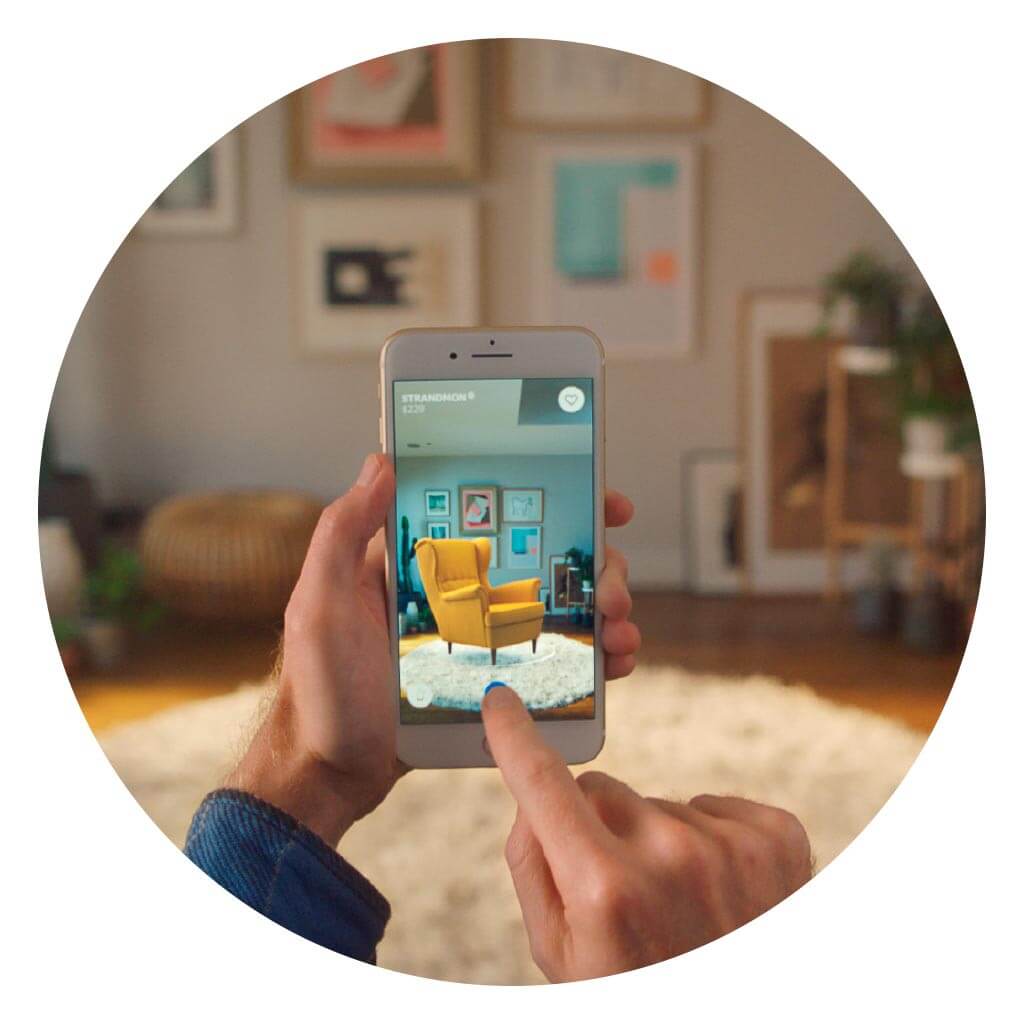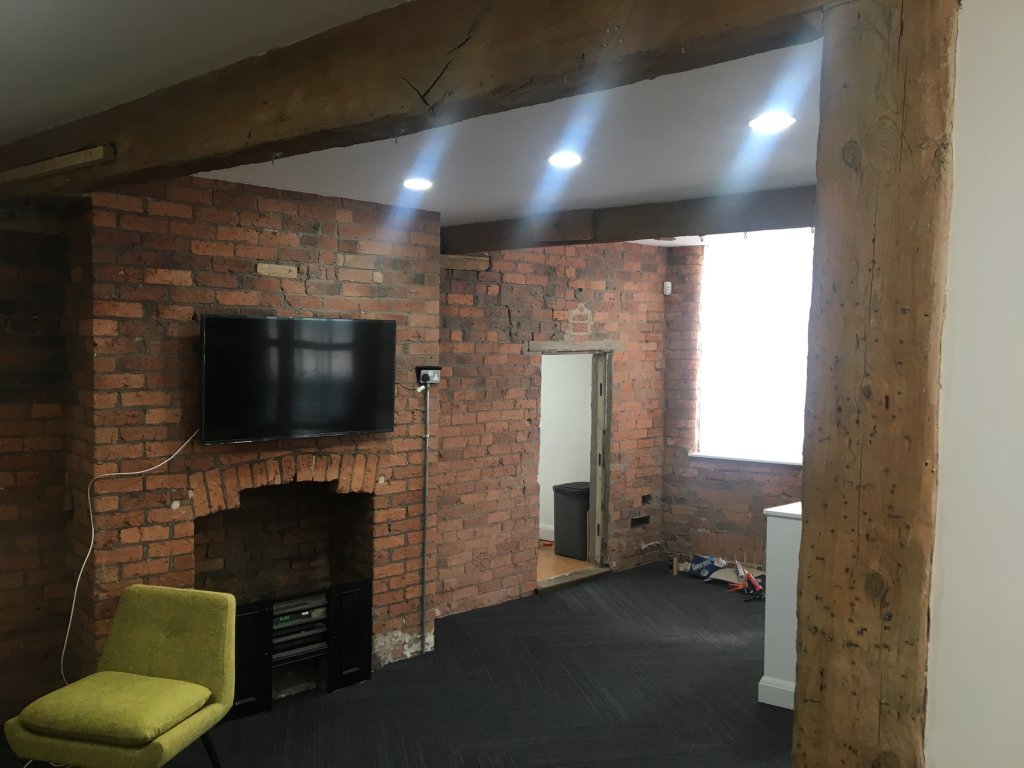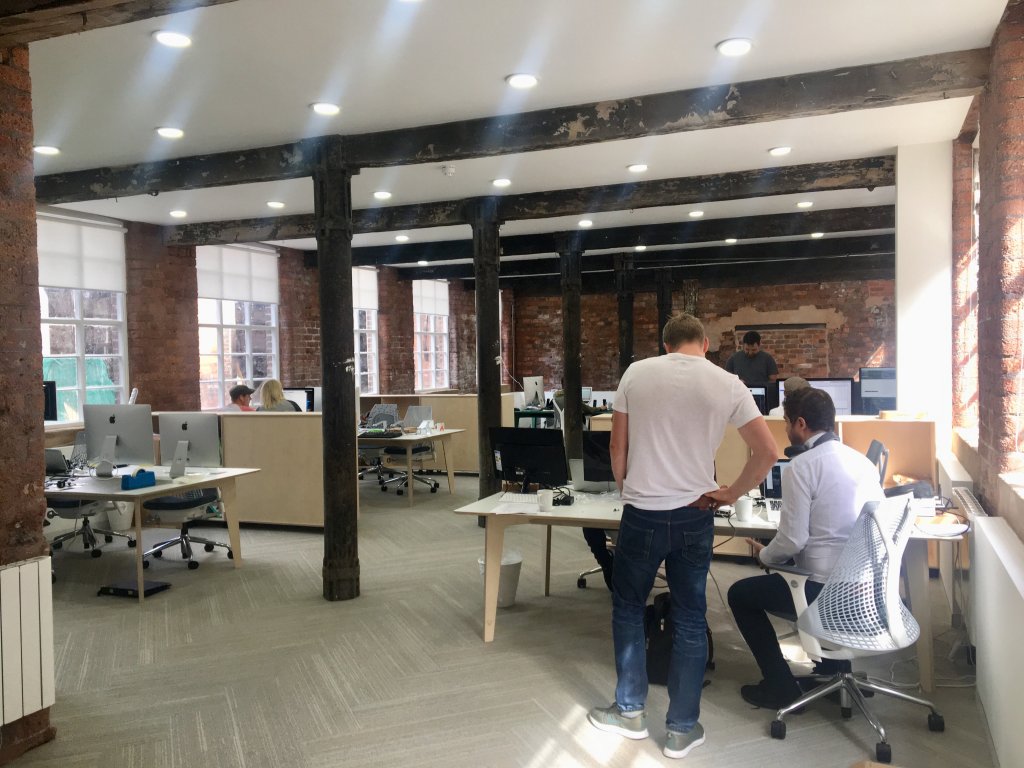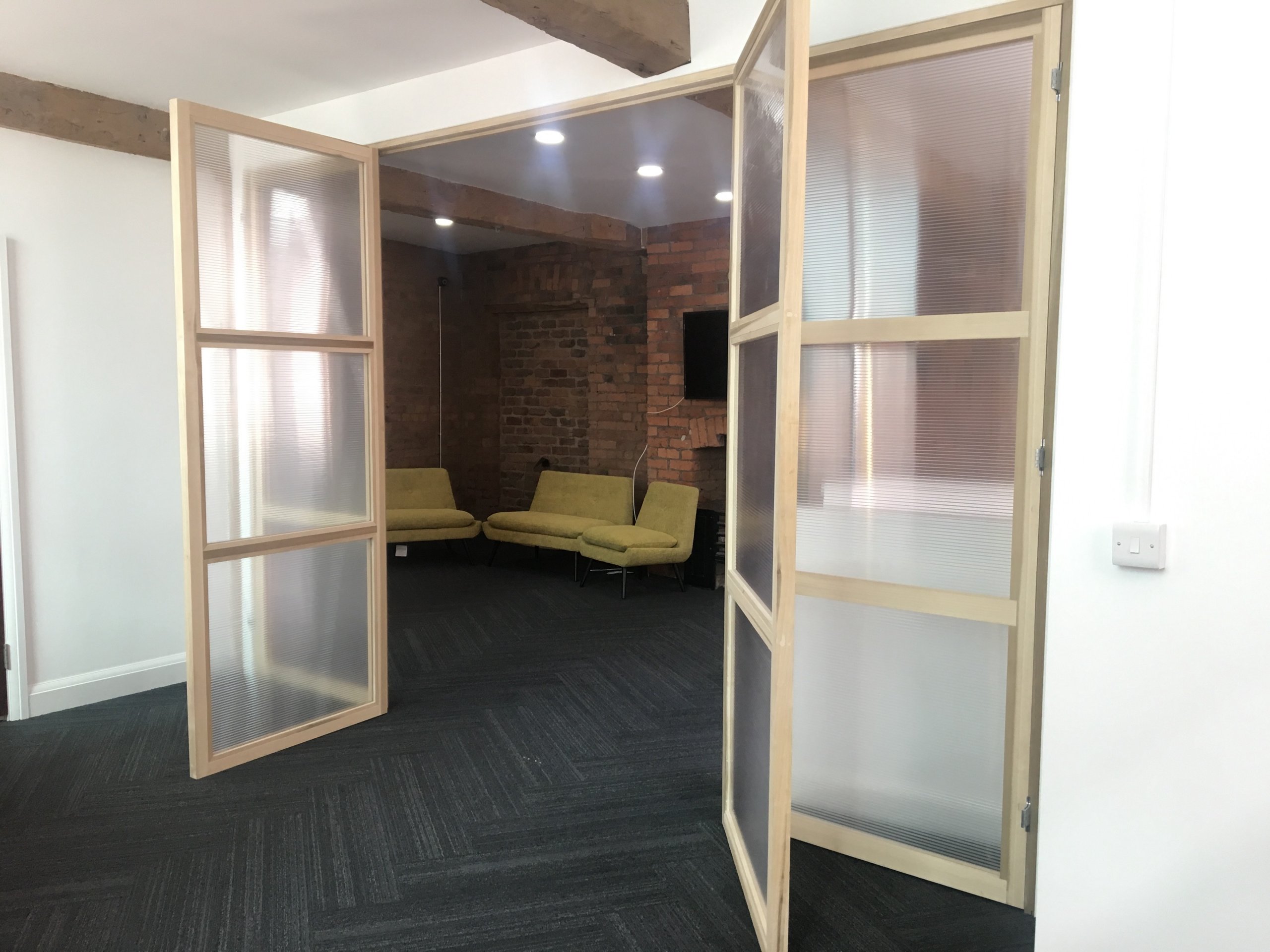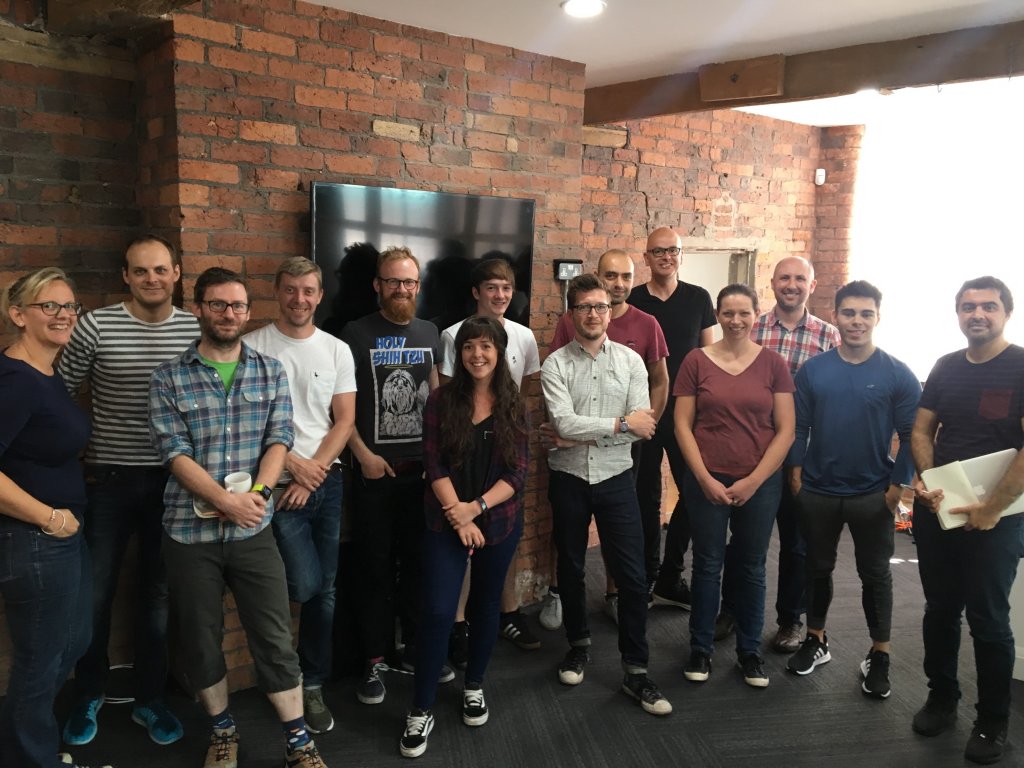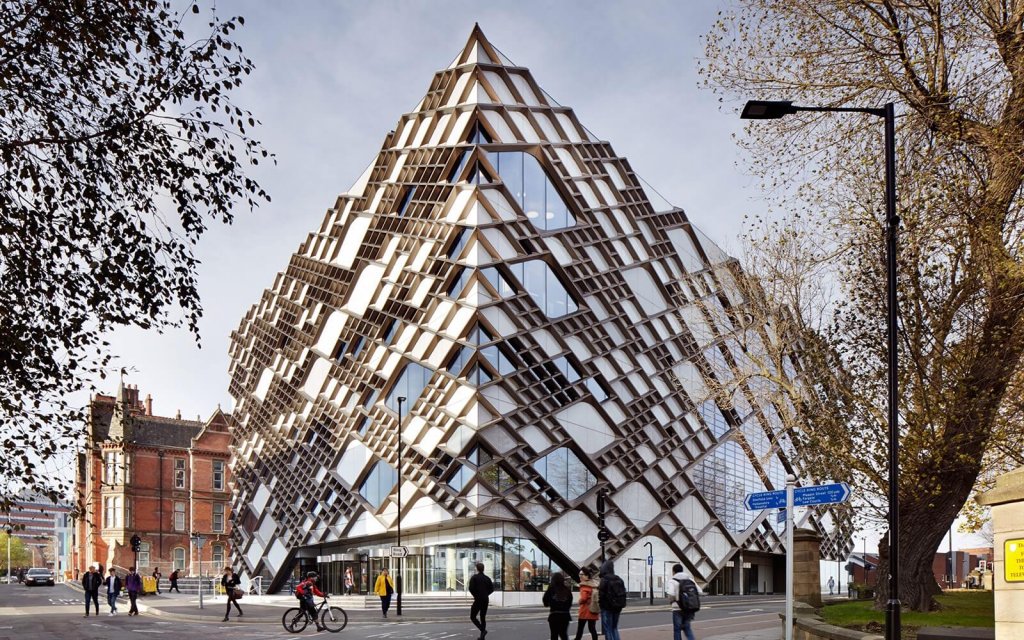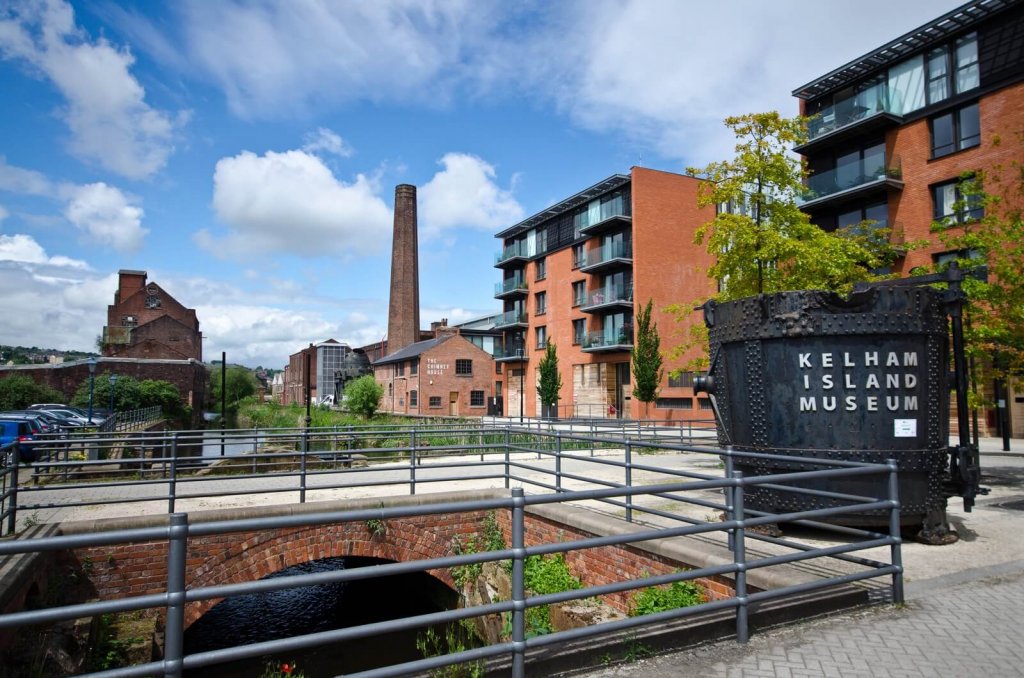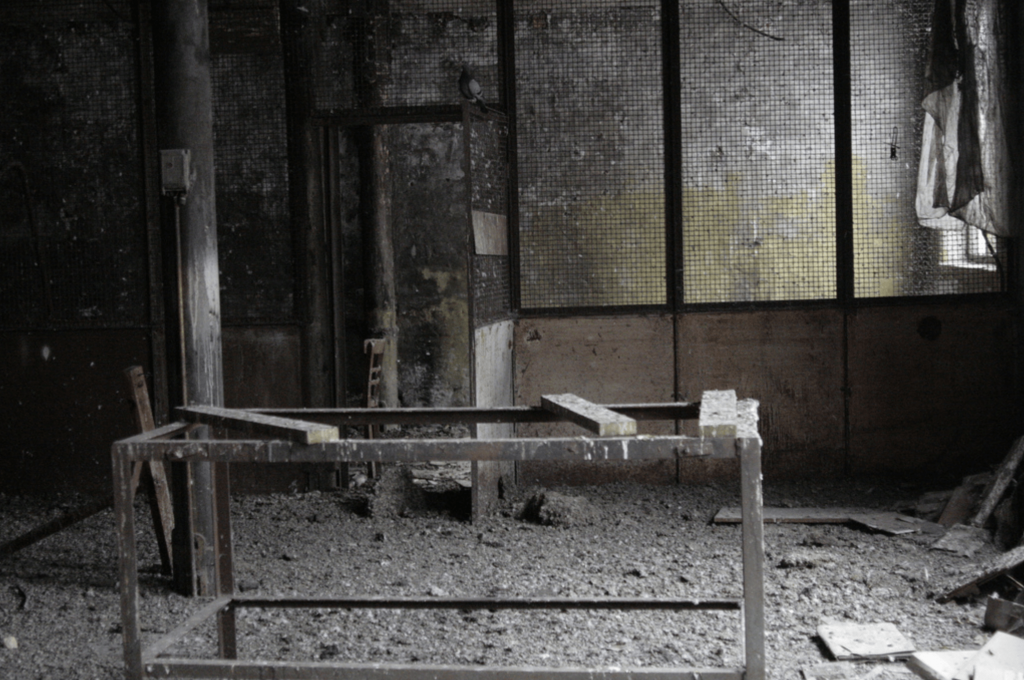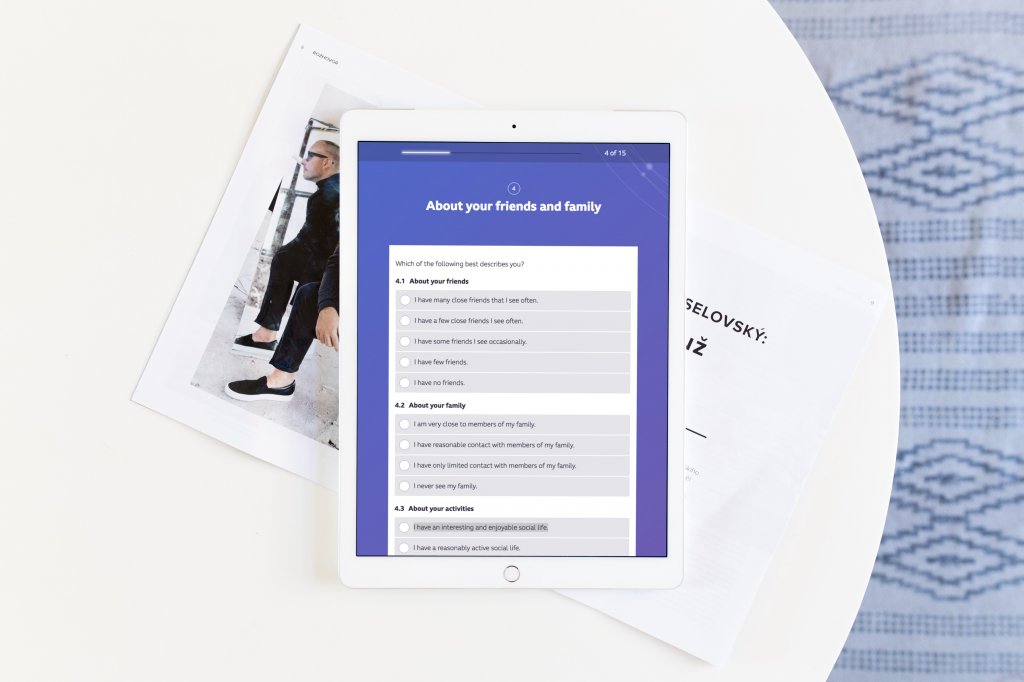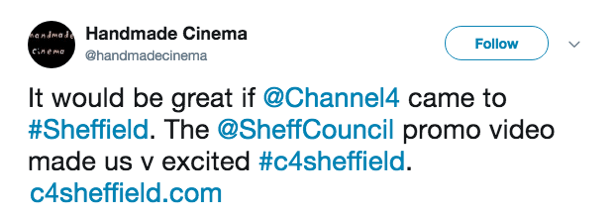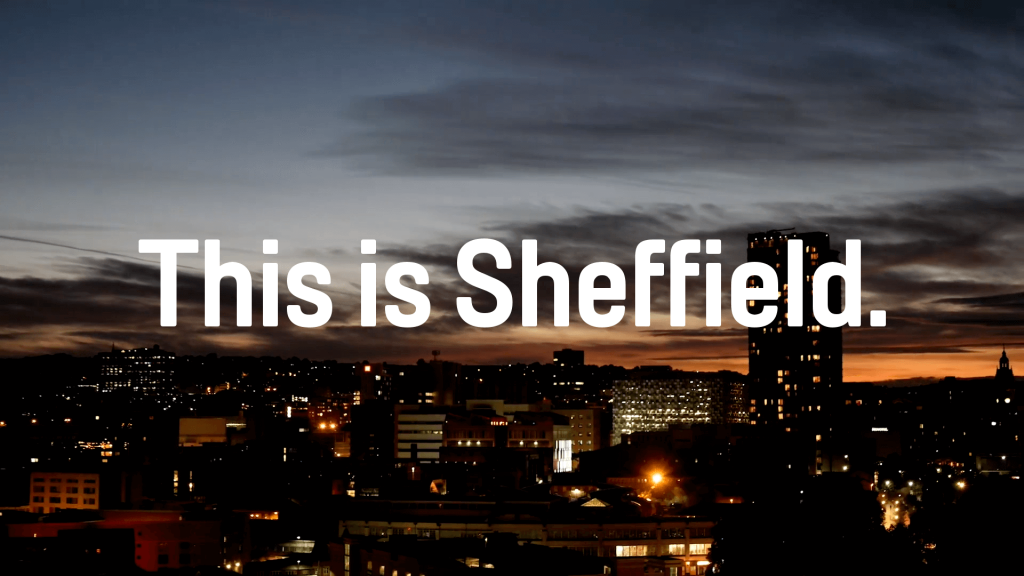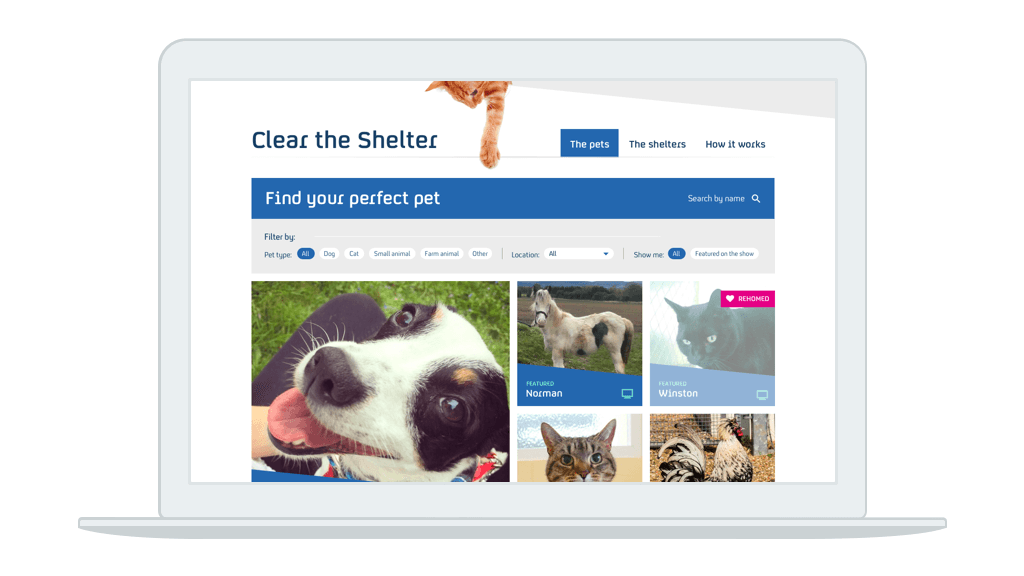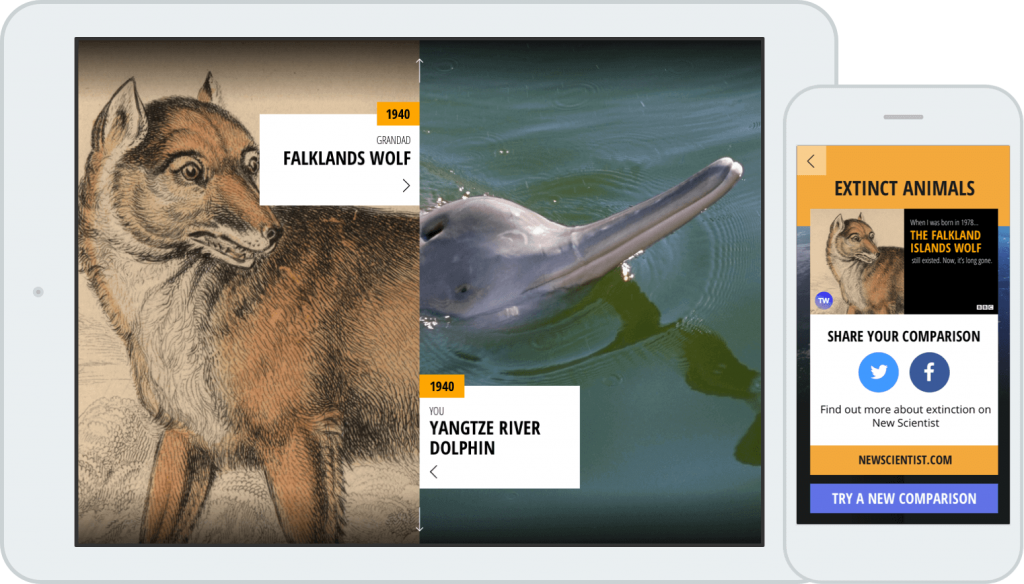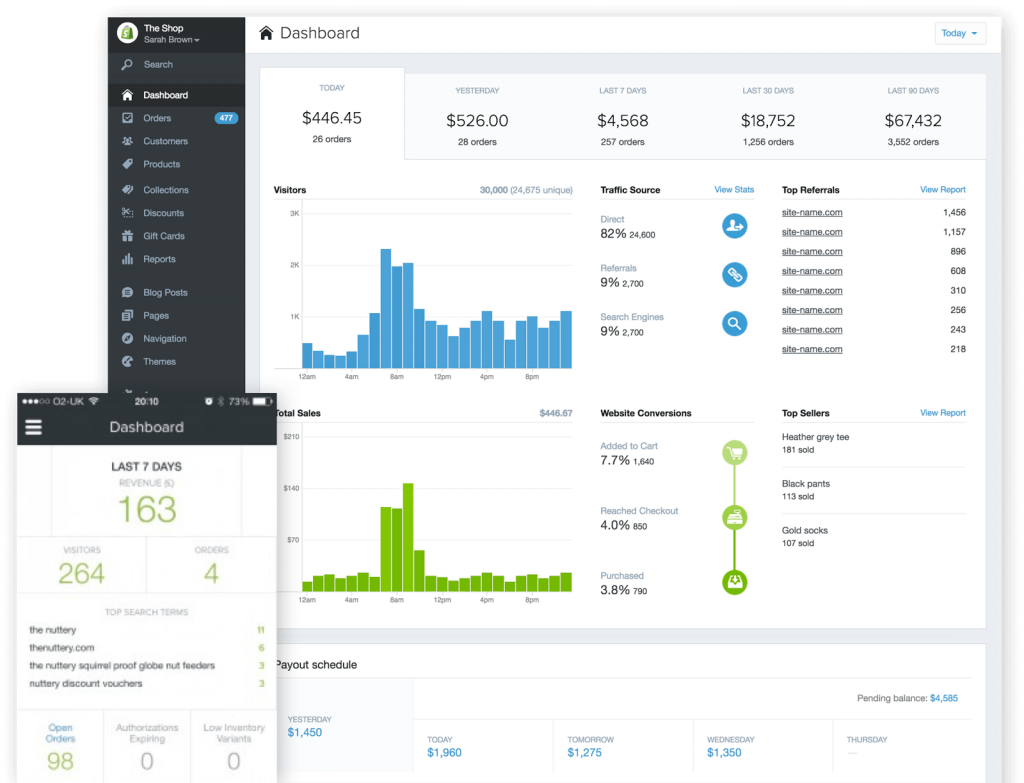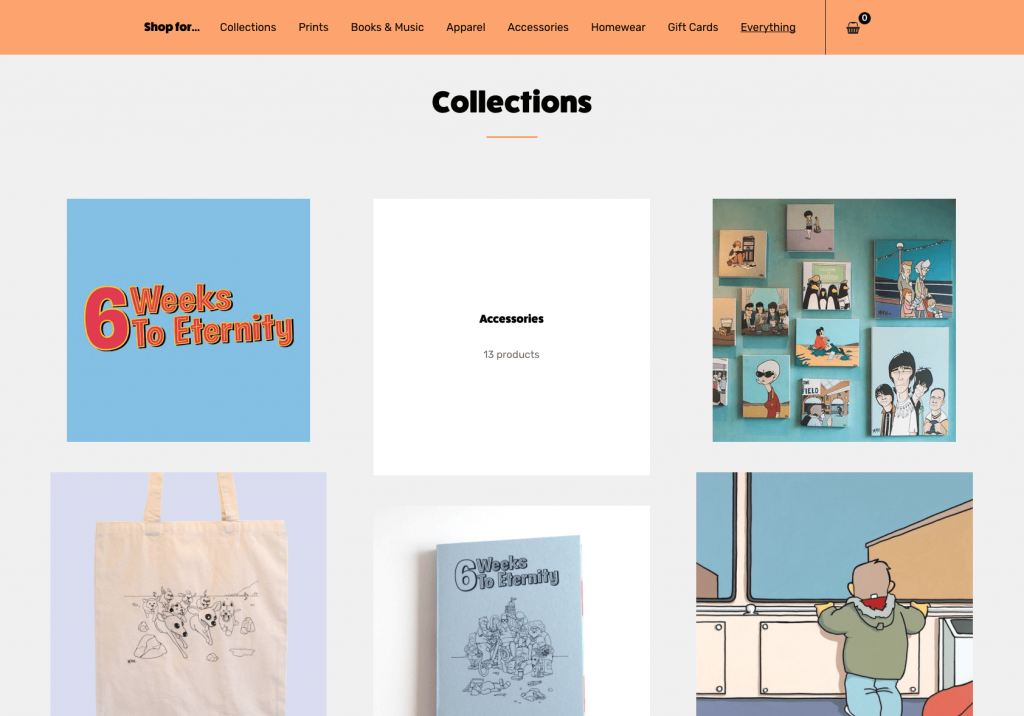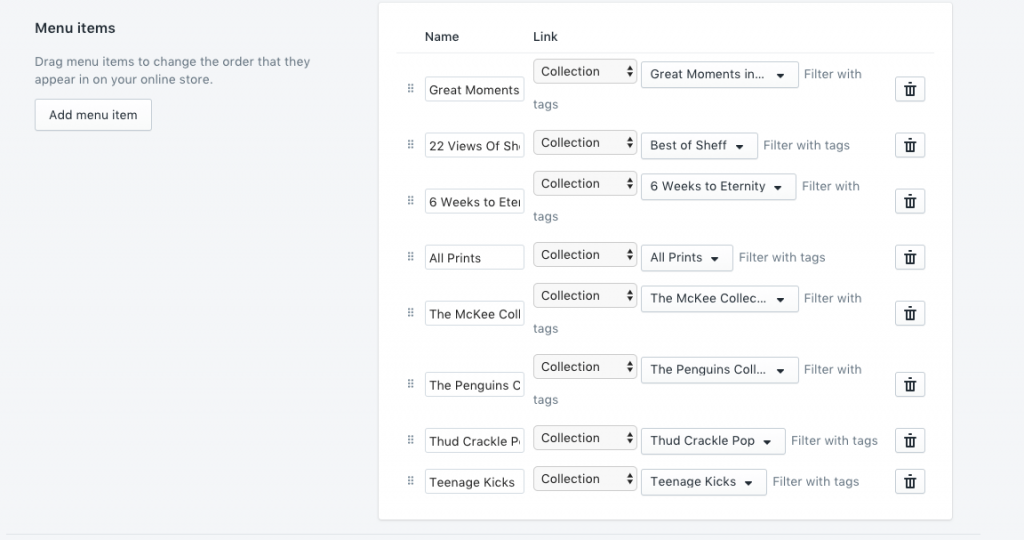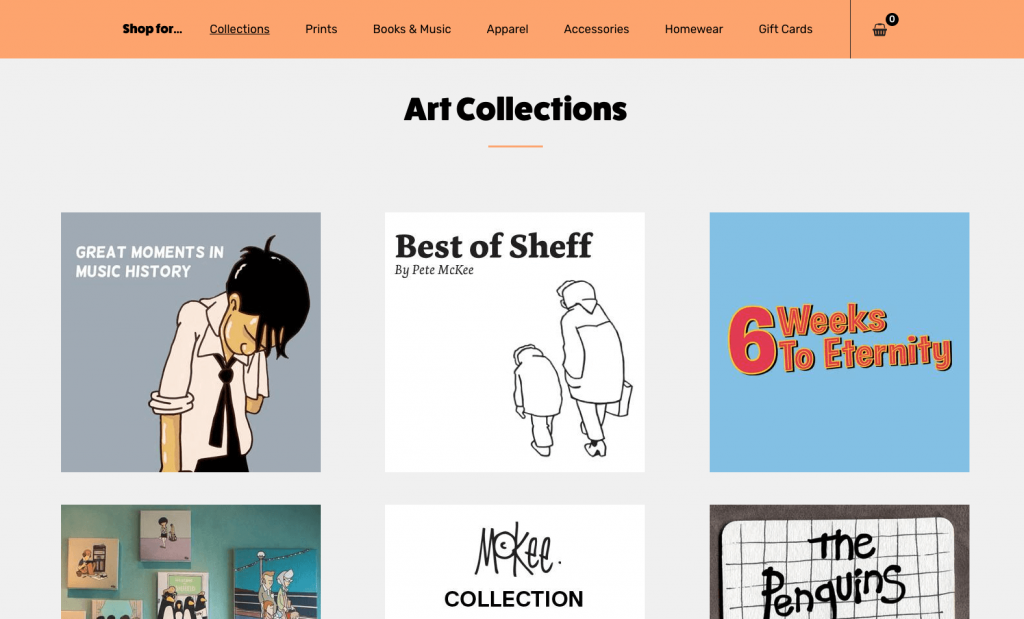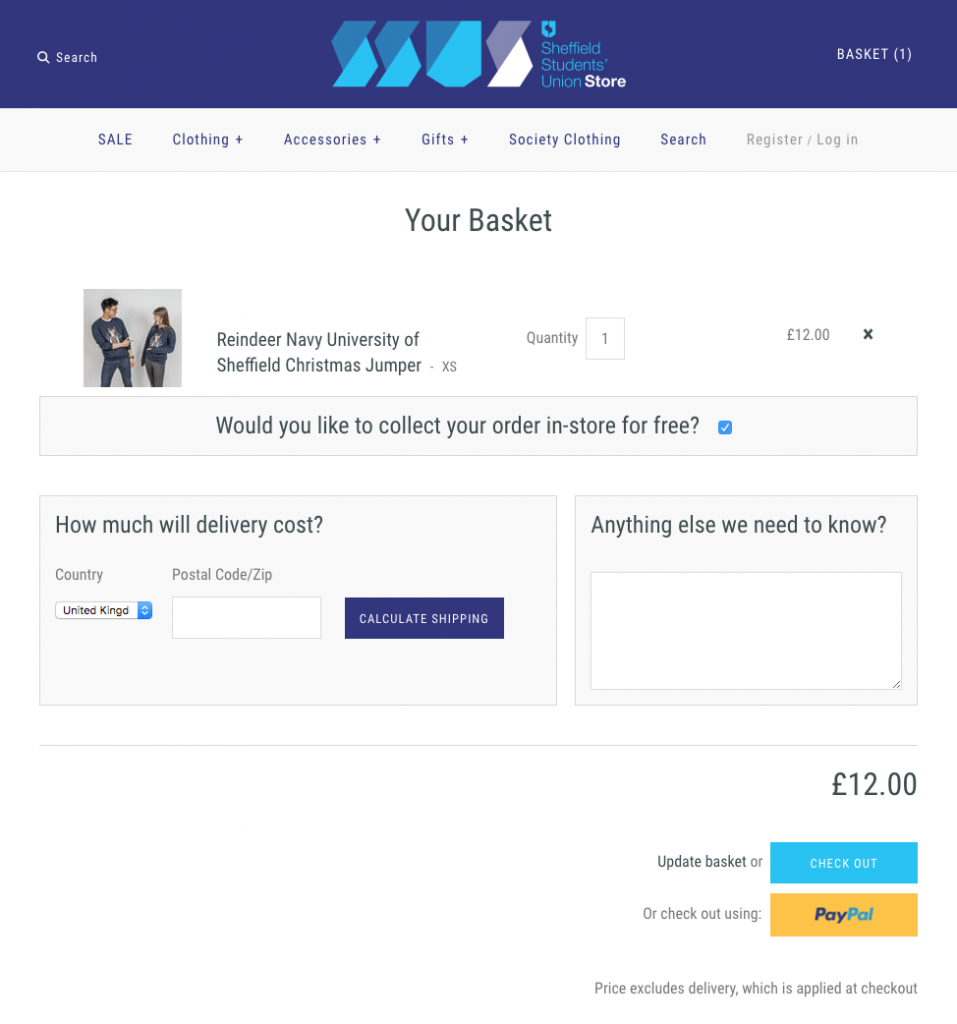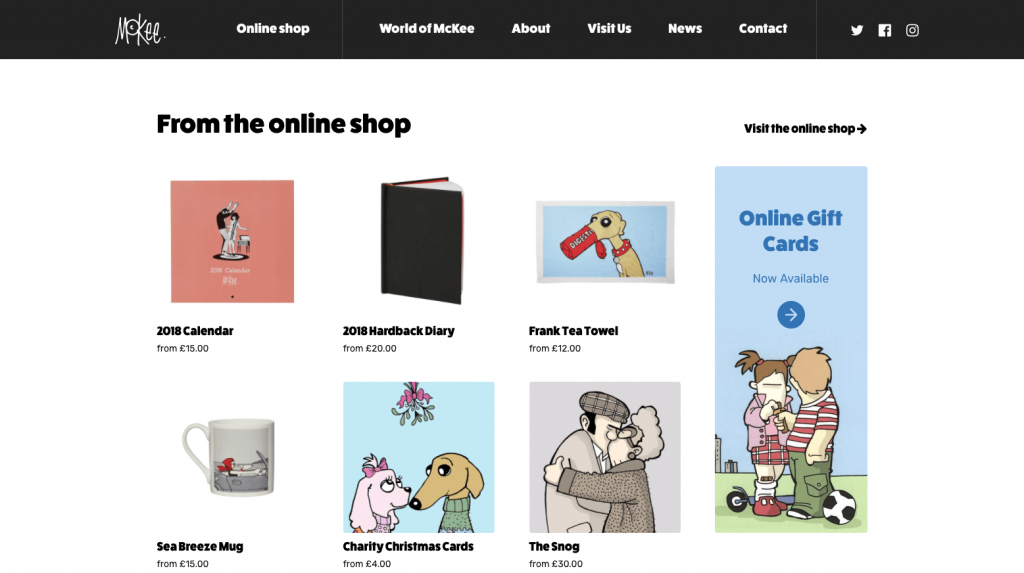What’s the connection between Father Christmas and a Korean War helicopter?
We didn’t see one, until we started to explore the BBC’s Northern Ireland archive in an attempt to show how random links like this, could unlock the content to 16–34 year olds through an Augmented Reality game.
The media archive dates back to 1953, detailing the history of a small and historically troubled country. From the headline events to the weird and the wonderful, how can this archive be brought to life for a demographic whose attention is getting harder to attract? And how can AR be used to enhance the experience?
This was the criteria set to challenge and extend our thinking, as part of a Creative Studio event we were invited to take part in with BBC Rewind, based in Northern Ireland.
The BBC Rewind team wants to unlock thousands of pieces of video content reflecting life and events in Northern Ireland for well over half a century. Aiming to attract those in the 16–34 age group, they asked for a ‘search via emotion’ solution, which uses AR ‘to bring content from the portal into their homes’ or allows audiences to find content based on factors such as their location.
The audience
The 16–34 age group is getting harder and harder to sustain engagement with; attention spans are short (eight seconds) and decreasing as more content is consumed. The solution had to be attention grabbing, tapping into this age group’s desire for emotional stimulus and thought provocation, ultimately encouraging them to search the archives.
The content
Looking through the archive, we found a lot of interesting and unique content. However, much of it was without sound, so audiences would need a compelling reason to view it. The categorisation of the footage has the potential to be fairly limited and it struck us that having only these tags (such as the type of shot used and the length of the footage) as the searchable metadata, would limit how engaging the archive will appear.
Some stories were pretty strange, and these were where we felt the ‘hook’ could be. We started to map out consistencies between the pieces; exploring people, places and themes. We explored connections between themes; connections that were far from obvious and in some cases, hard to believe.
Could we use these bizarre links to show the scope to find interesting and strange content in the archives?
The AR
Our challenge was to find a way for the audience to make the connections, and as result, link through to content in the archive.
The content has geolocation data assigned to the archive, so we also wanted to find a scalable idea that is location agnostic, appealing to those beyond the Northern Ireland locations.
Considering our user demographic, we decided to gamify our idea of ‘making connections’. Using an AR concept for a mobile device, we designed a game to find connections between the story themes. Players would see visual representations of story themes drop into their world, for example, on the floor or onto a table in front of them.
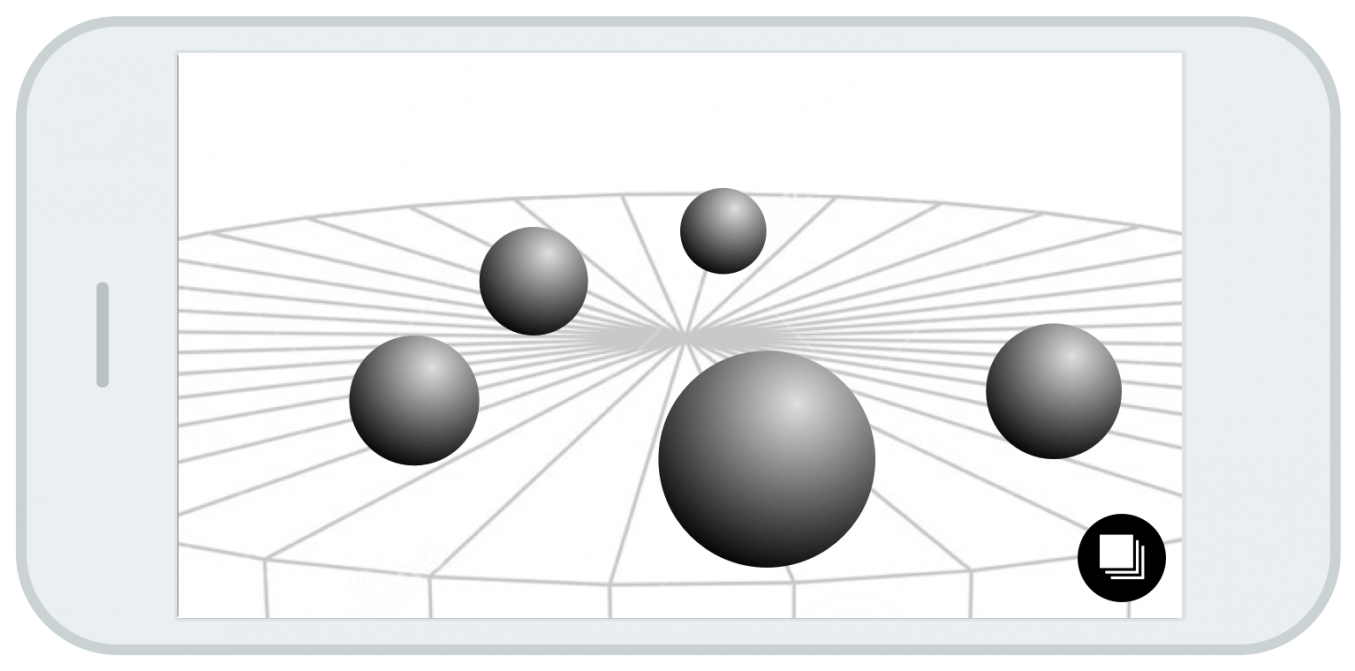
Themes could be 3D objects, or symbols, with snippets of content from the archive. As the user moved around the objects they could start to explore which are connected, and when connections were found they had the choice to read the article or save it to a personal collection.

To design this solution, extra contextual metadata would be created during the curation and tagging of the content from the BBC and placing it into the archives, to pull out the themes and quirks of each piece of footage. Broader themes might include politics, sports, animals, celebrations or cars, with many more specific details attached to each story. Our solution would give the user the freedom to explore footage within their area of interest (i.e. animals) and, using the AR application, they could find the strange and unusual stories within that category; for example, a story relating to a tiger and a telephone.
This solution demands little of the user but taps into our natural need to question the unlikely. It delivers an intriguing journey into the archives, impelled by curiosity to discover how two seemingly unrelated themes tie together.
Longevity
By adding extra contextual metadata at the start within the new BBC archive, our solution future-proofs the data for services that are yet to be conceived. Themed ‘content packs’ could be curated and promoted in line with current affairs. Tailored viewing experiences, based on birthplace or birth date of the user, could be delivered to further engage the 16–34 demographic, who have become accustomed to personalised digital experiences.
This was a great event to be involved in. It was a perfect opportunity to get the team thinking around the use of AR for a defined target audience, with a very clear purpose in mind.
